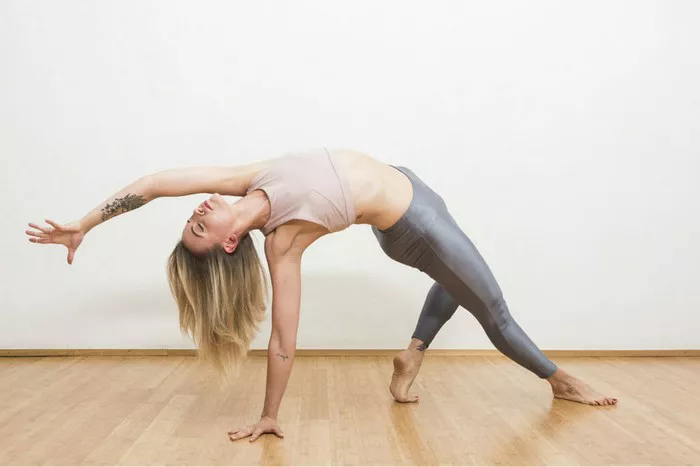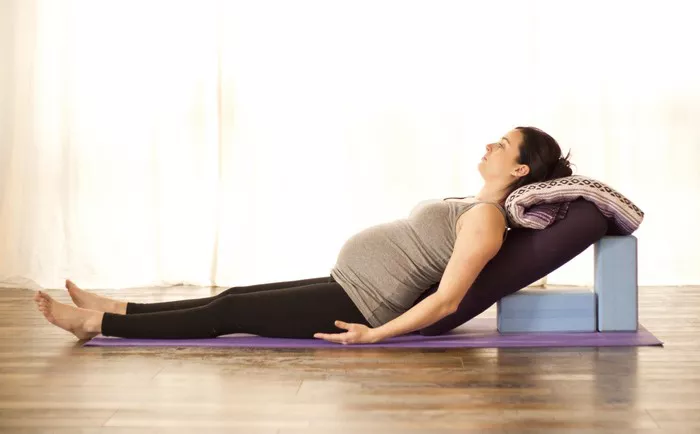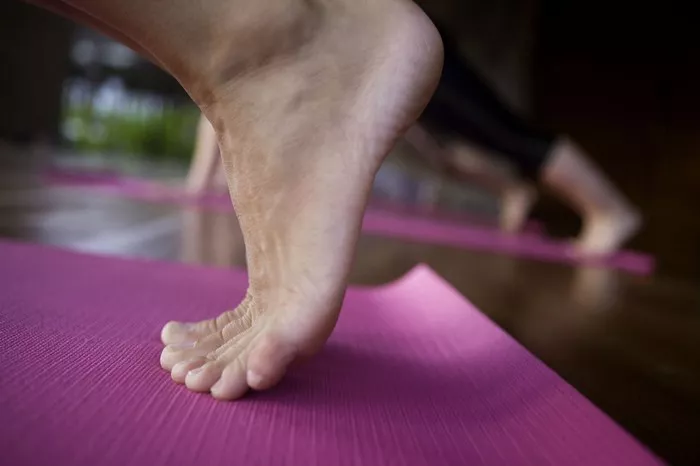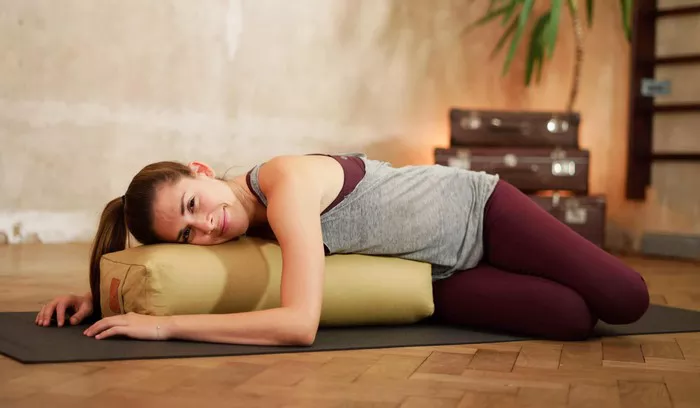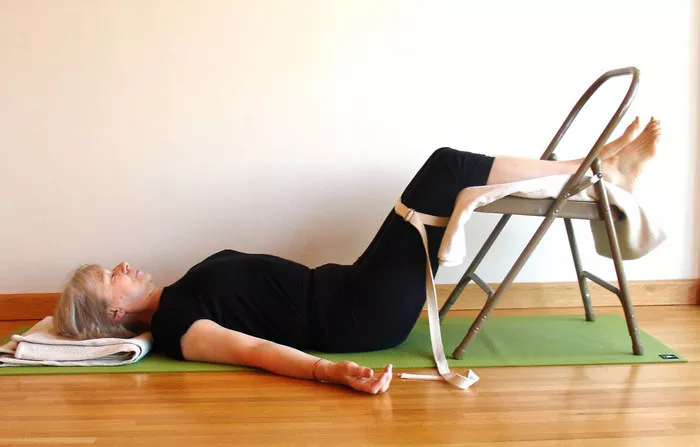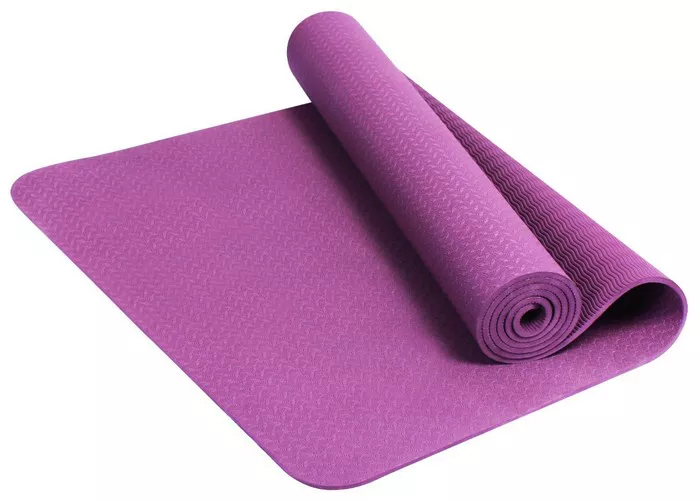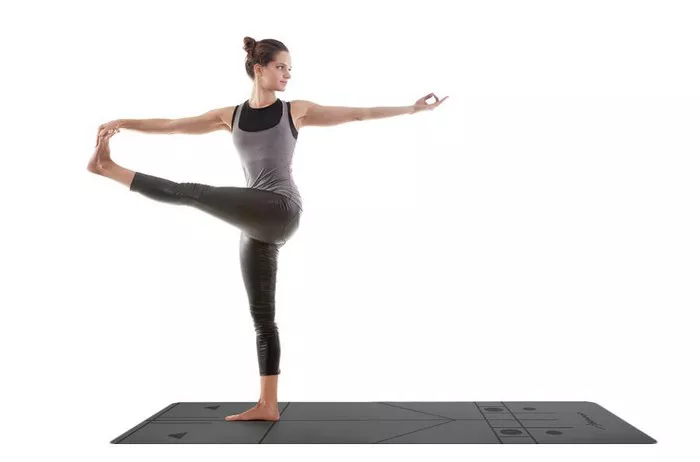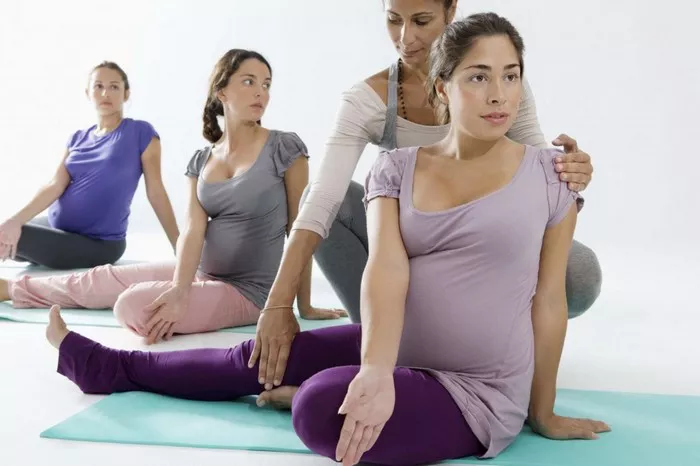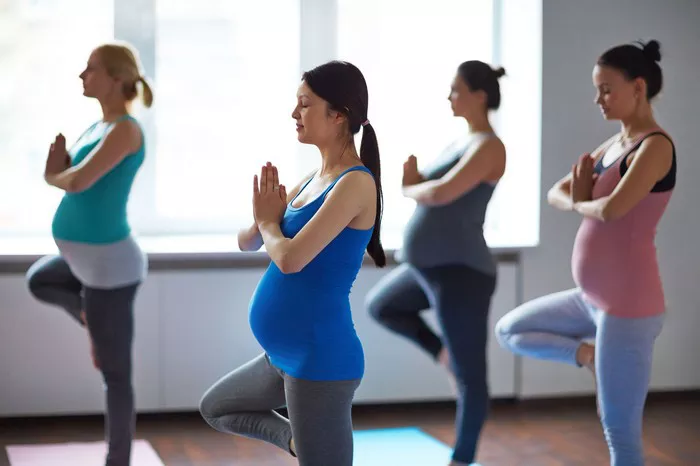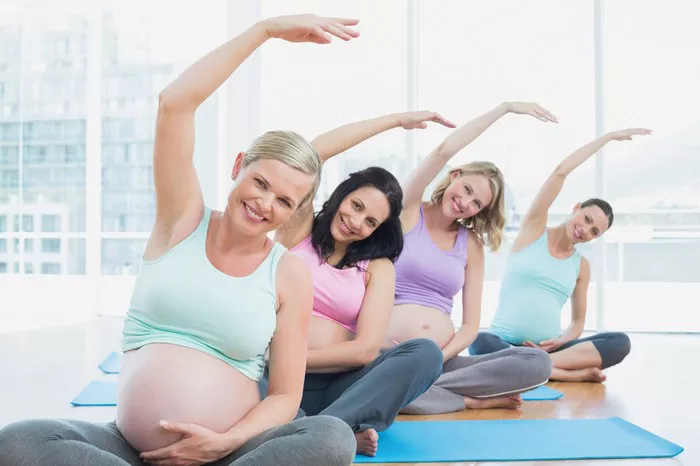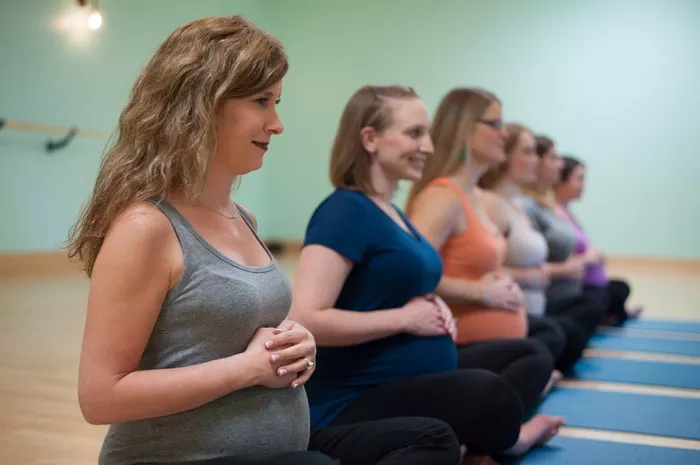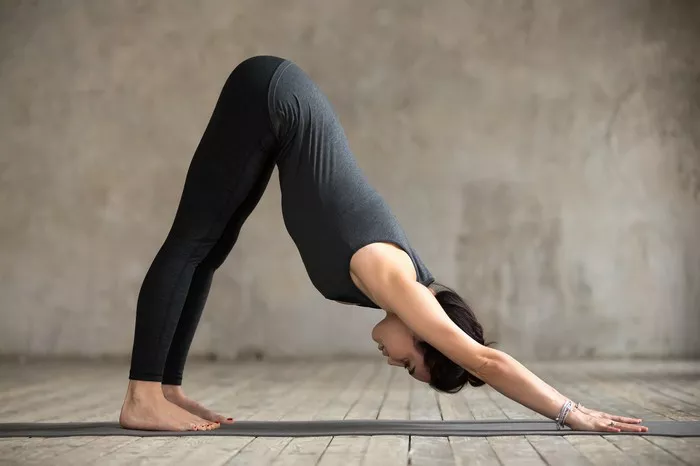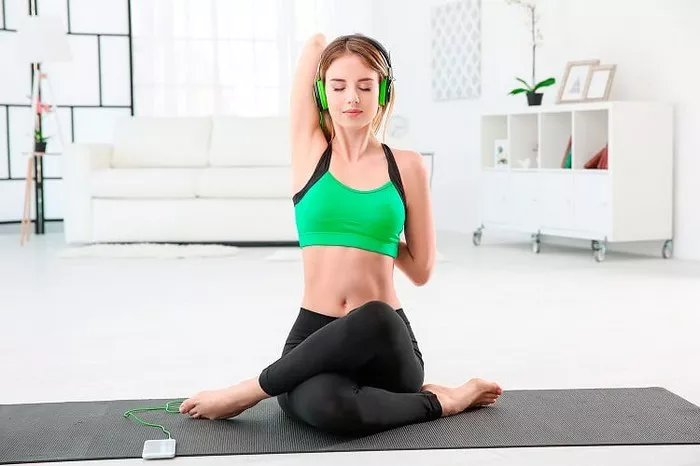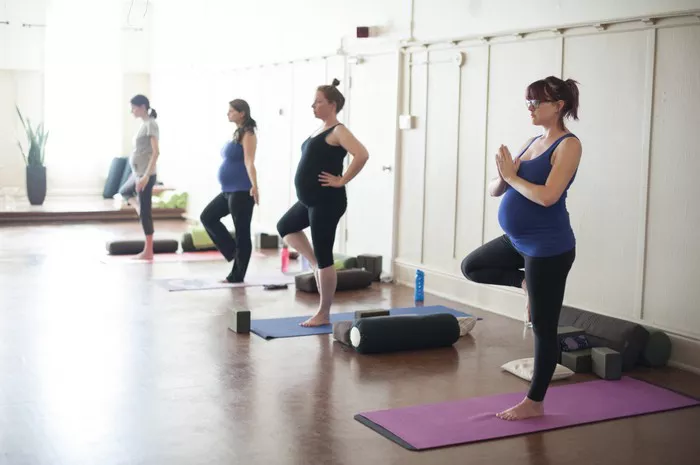Hatha Yoga is one of the most well-known branches of yoga, focusing on the physical postures (asanas), breath control (pranayama), and meditation. It serves as a foundation for many modern yoga styles and aims to balance the body’s energy, promote mental clarity, and enhance overall well-being.
A common question among yoga practitioners is: Which asana is the best in Hatha Yoga? The answer depends on individual needs, physical condition, and spiritual goals. However, some postures stand out for their profound impact on the body and mind. In this article, we will explore the significance of asanas in Hatha Yoga and identify some of the most powerful poses according to traditional teachings.
The Role of Asanas in Hatha Yoga
In classical yoga texts such as the Hatha Yoga Pradipika and Gheranda Samhita, asanas are considered essential for purifying the body, increasing flexibility, and preparing the practitioner for deeper meditation. Unlike modern yoga, which often emphasizes physical fitness, traditional Hatha Yoga views asanas as a means to control prana (life force energy) and harmonize the body’s energy channels (nadis).
While there are numerous asanas in Hatha Yoga, each serving different purposes, the best asana is often one that aligns with the practitioner’s specific needs. Some postures offer strength and stability, others improve flexibility, and some promote deep relaxation. Let’s explore some of the most revered asanas in Hatha Yoga and their benefits.
1. Siddhasana (The Accomplished Pose)
Why is it considered the best? Siddhasana is often regarded as the most powerful meditative posture in Hatha Yoga. The Hatha Yoga Pradipika states that among the 84 lakh asanas, Siddhasana is the foremost for achieving spiritual enlightenment.
Benefits:
- Stimulates the lower chakras, aiding in kundalini awakening.
- Promotes concentration and mental clarity.
- Helps in balancing the nervous system.
- Regulates the flow of prana, making it ideal for pranayama and meditation.
2. Padmasana (Lotus Pose)
Why is it highly valued? Padmasana is another classic meditative pose, widely used in Hatha Yoga. It symbolizes the unfolding of spiritual awareness, much like a lotus blooming in a pond.
Benefits:
- Opens the hips and strengthens the spine.
- Calms the mind and reduces stress.
- Enhances deep breathing and pranic flow.
- Helps to reduce tension in the knees and ankles when practiced correctly.
3. Sirsasana (Headstand)
Why is it called the “King of Asanas”? Sirsasana is often regarded as the most beneficial inversion in Hatha Yoga due to its ability to reverse the flow of gravity, improving circulation and mental alertness.
Benefits:
- Boosts blood circulation to the brain, enhancing focus and memory.
- Strengthens the upper body, core, and shoulders.
- Improves digestion and hormonal balance.
- Calms the nervous system and relieves stress.
4. Sarvangasana (Shoulder Stand)
Why is it called the “Queen of Asanas”? Sarvangasana is a full-body workout that activates the thyroid gland, improves circulation, and balances the nervous system.
Benefits:
- Enhances blood flow to the brain and upper body.
- Stimulates the thyroid and parathyroid glands, regulating metabolism.
- Improves posture and spinal health.
- Calms the mind and reduces anxiety.
5. Matsyasana (Fish Pose)
Why is it important? Matsyasana is considered a counterpose to Sarvangasana, helping to open the chest and promote deep breathing.
Benefits:
- Expands the lungs, enhancing respiratory function.
- Strengthens the back and neck muscles.
- Stimulates the throat chakra, improving communication and self-expression.
- Relieves tension in the shoulders and upper back.
6. Paschimottanasana (Seated Forward Bend)
Why is it essential? Paschimottanasana is known for its calming effects and ability to stretch the entire back body.
Benefits:
- Stimulates the digestive organs and improves digestion.
- Calms the nervous system and relieves stress.
- Enhances flexibility in the spine and hamstrings.
- Promotes introspection and relaxation.
7. Bhujangasana (Cobra Pose)
Why is it powerful? Bhujangasana is an excellent heart-opening posture that stimulates the adrenal glands and strengthens the spine.
Benefits:
- Improves spinal flexibility and relieves back pain.
- Opens the chest, enhancing lung capacity.
- Boosts energy and reduces fatigue.
- Aids in emotional release and stress relief.
8. Shavasana (Corpse Pose)
Why is it indispensable? Despite its simplicity, Shavasana is one of the most crucial asanas, allowing for deep relaxation and integration of the practice.
Benefits:
- Lowers blood pressure and reduces stress.
- Helps in absorbing the benefits of other asanas.
- Promotes a meditative state and mental clarity.
- Enhances overall well-being and inner peace.
Conclusion
Choosing the best asana in Hatha Yoga depends on your personal goals. If meditation and spiritual awakening are your priorities, Siddhasana or Padmasana might be ideal. If physical strength and mental clarity are your focus, Sirsasana and Sarvangasana are excellent choices. For deep relaxation, Shavasana is unmatched.
Ultimately, the best asana is the one that aligns with your needs and allows you to experience balance and harmony in body, mind, and spirit. Hatha Yoga encourages a holistic approach, reminding us that consistency, awareness, and breath are key to unlocking the true benefits of any posture.
Related topics:

